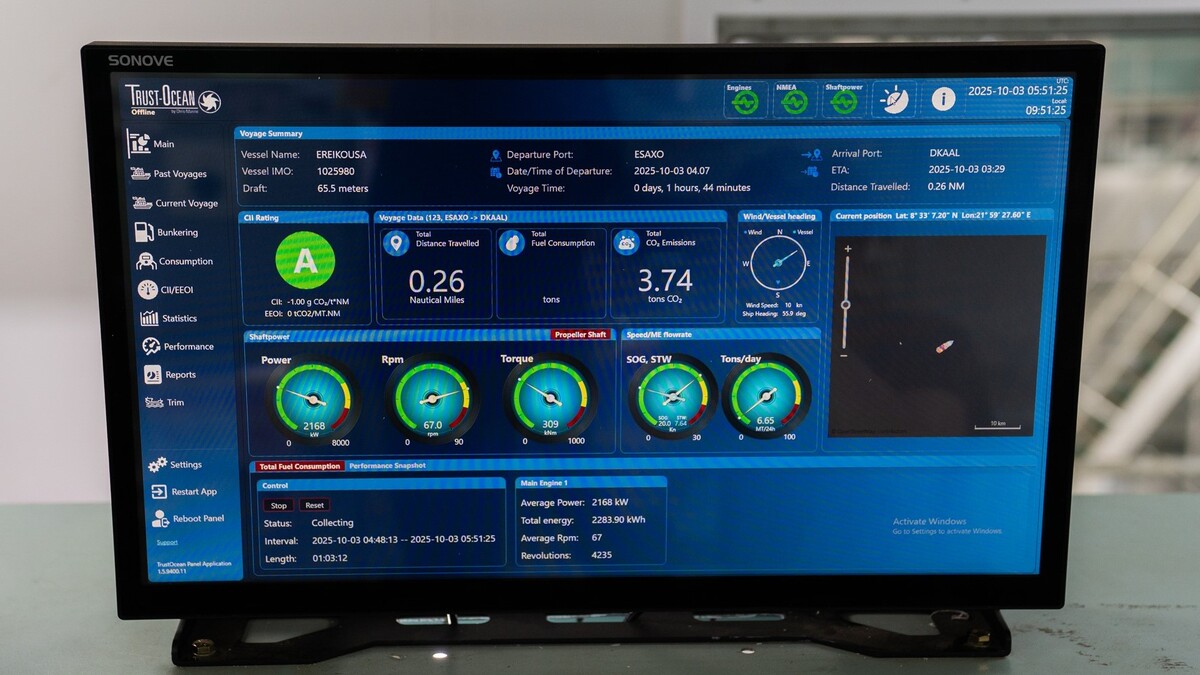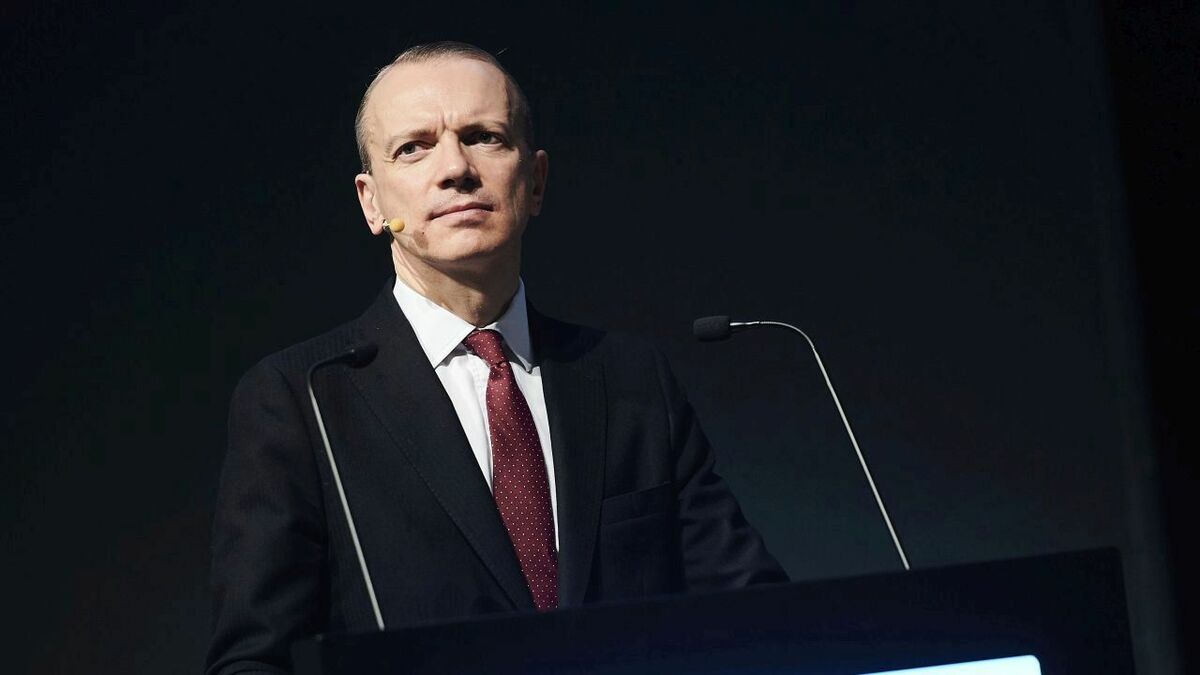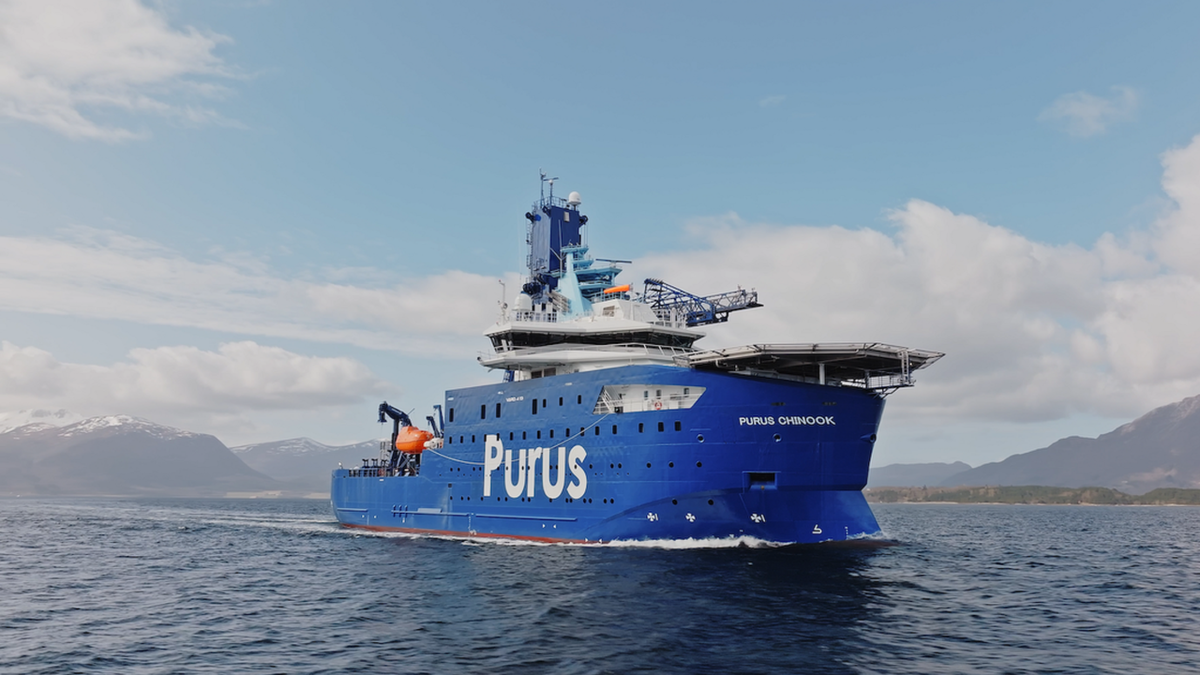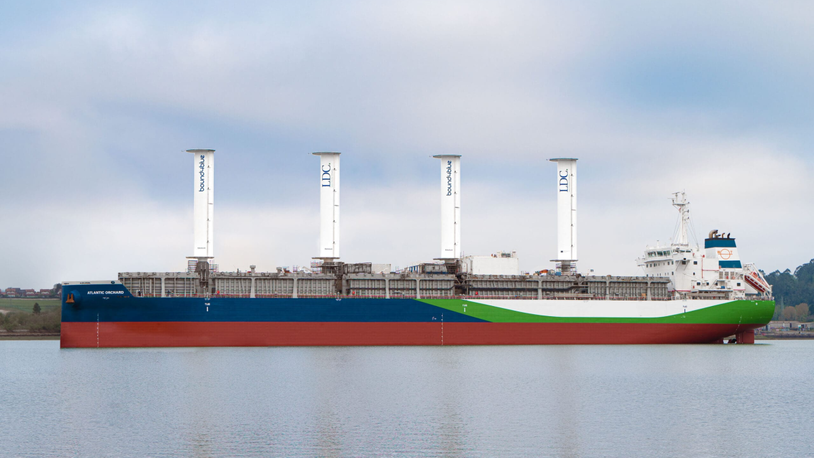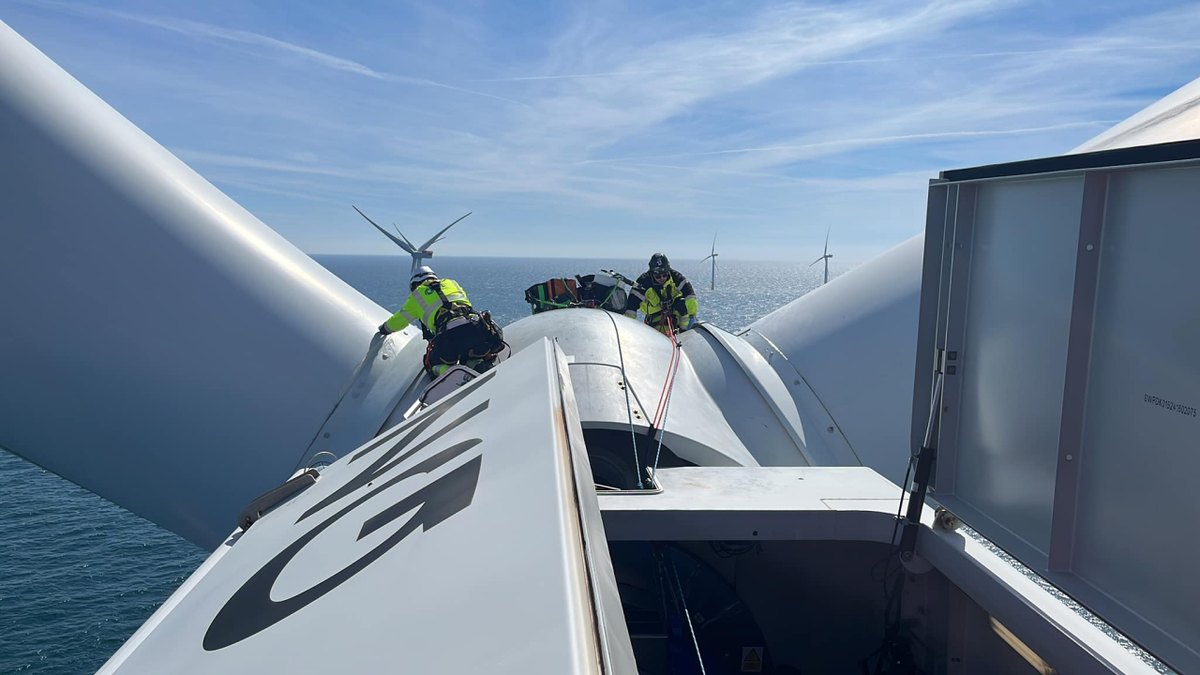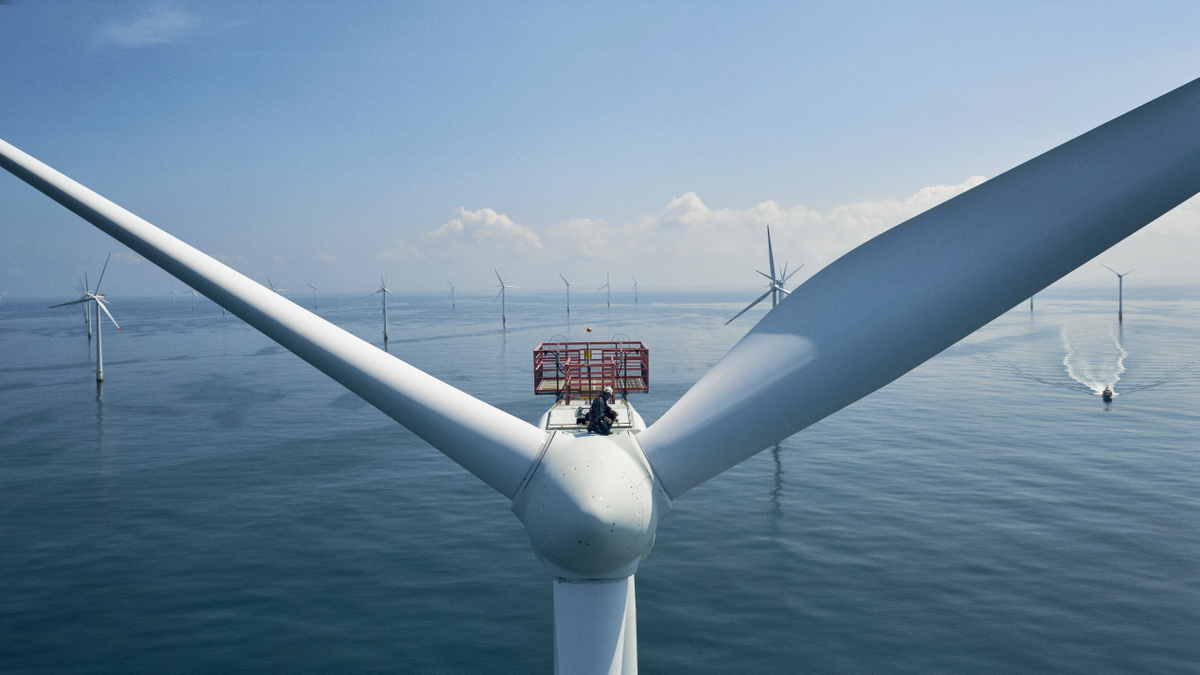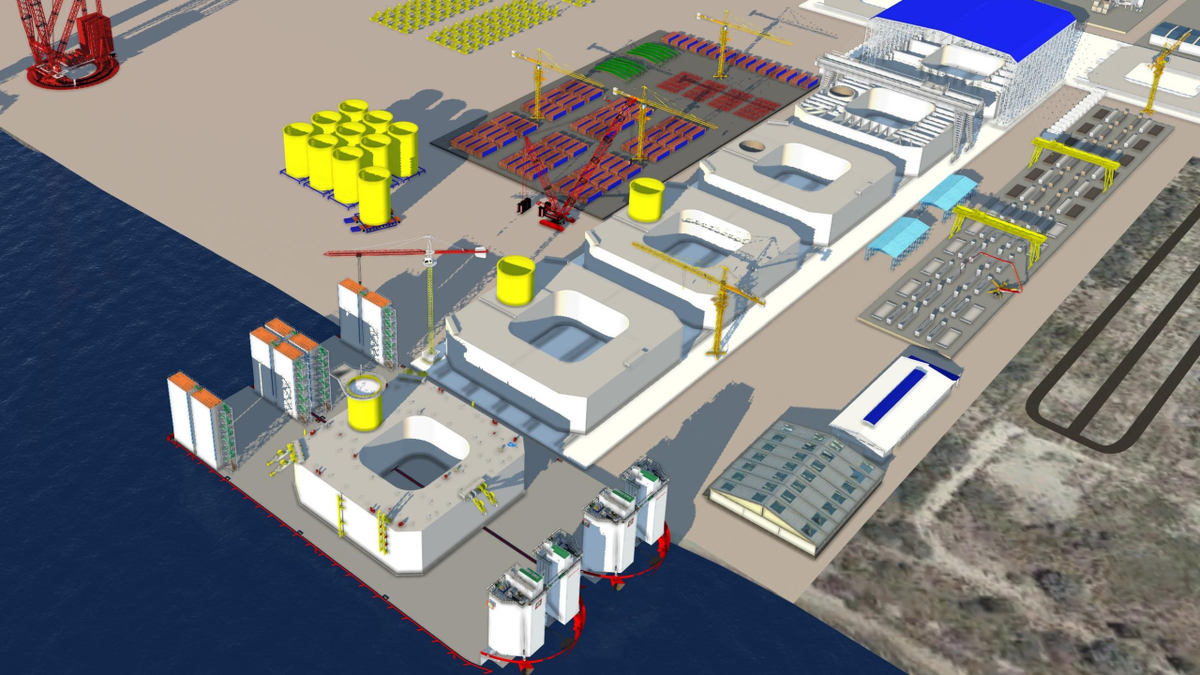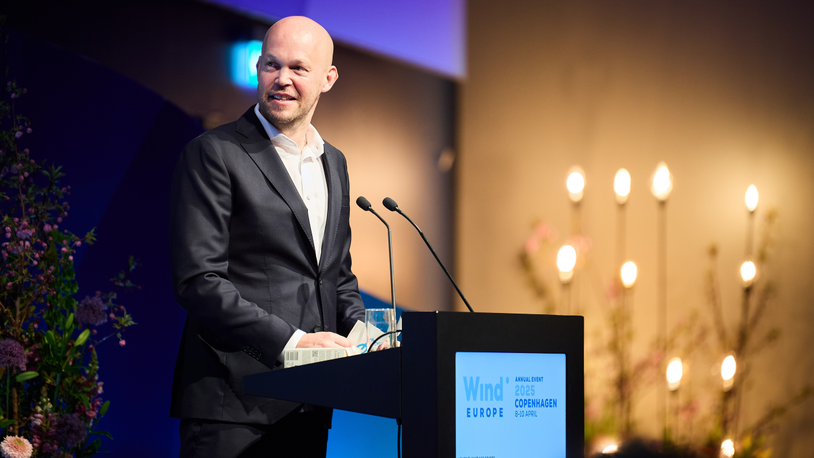Business Sectors
Contents
Register to read more articles.
Negative bidding ‘continues to burden offshore wind development’
Auction design for offshore windfarms used in leading markets in Europe is having a negative effect on the industry at the very time governments most need it to grow, WindEurope has warned
Governments in countries such as Germany and the Netherlands have set significant targets for offshore wind capacity, and want developers to build lots more capacity. Recent auctions will lead to significant capacity additions, but the type of auctions they are using could hinder the development of the supply chain needed to cost-effectively build windfarms, it is claimed.
Germany and the Netherlands recently issued the results of their latest offshore wind auctions. They awarded a total capacity of 6.5 GW. “That’s good for Europe’s energy transition,” said WindEurope, “but the auction design in both countries included negative bidding, which puts unnecessary additional pressure on offshore wind developers – with adverse consequences for the wider wind energy supply chain and Europe’s electricity consumers.”
Germany and the Netherlands have recently awarded 6.5 GW of new offshore wind projects. Germany awarded 2.5 GW and the Netherlands 4 GW. To put this in context, the EU has 19 GW of offshore wind in operation today.
The auctions in both countries used negative bidding, where windfarm developers bid the amount of money they are ready to pay for the right to build a windfarm – and the higher the price you bid the more likely you are to win. Most other countries in Europe use contract for difference (CfD) auctions where developers bid the amount of revenue they think they need, and the lowest bid wins.
If a developer wins a negative bidding auction, revenue from it will be whatever is the wholesale market price of electricity. In contrast, if you win a CfD auction, your revenue will be whatever you bid in the auction, and if the market prices are higher than the agreed strike price, you pay the difference to the government.
The problem as WindEurope sees it is that negative bidding amounts are a straight add-on to the costs of developing an offshore windfarm. “It’s extra money the developer has to pay which they don’t pay in a CfD auction,” said WindEurope. “Project developers have to pass on these costs. Either to the wind energy supply chain, which is still recovering from supply disruptions and cost increases and/or to electricity consumers in the form of higher electricity prices.”
The results of the latest German auction were that TotalEnergies will pay €1.958Bn to develop the N-11.2 site which has a capacity of around 1.5 GW. So they are paying €1.3M (US$1.4M) per MW. EnBW will pay €1.065Bn to develop the roughly 1 GW N12.3 site. That’s €1.1M per MW. The results of the latest Dutch auction were that UK-based SSE Renewables and the Dutch state pension fund APG and ABP will pay €40M to develop the 2-GW IJmuiden Ver Alpha site. That equates to €20,000 per MW. Vattenfall and Copenhagen Infrastructure Partners will pay €800M to develop the 2-GW IJmuiden Ver Beta site. That’s €400,000 per MW.
As WindEurope notes, Germany and the Netherlands have used negative bidding before. The Netherlands previously applied a cap on the bids which equated to €70,000 per MW – their cap is higher now. Germany does not apply a cap. The winners of their previous auction, BP and Total Energies, are paying €12.600Bn for the right to develop 7 GW – which equates to €1.8M per MW.
Negative bidding also means higher financing costs than those for windfarms awarded in a CfD auction. The latter have fixed revenue, so banks feel much more comfortable offering more debt finance. But projects awarded in a negative bidding auction have variable revenue – the market price of electricity. So they need to rely more on – more expensive – equity finance, although they can mitigate this by signing power purchase agreements with offtakers.
WindEurope chief executive Giles Dickson said, “Negative bidding increases the cost of offshore wind. Costs have to be passed on to consumers and the wind energy supply chain. It may be a short-term gain for finance ministries, but it’s a long-term cost for society."
He noted the Dutch auction made extensive use of non-price criteria. For the Alpha site these were about biodiversity protection. For the Beta site it was system integration. The winning bidders made significant commitments to invest in these respective areas. Vattenfall and CIP have, among other things, committed to build a 1-GW electrolyser facility in Rotterdam which will run on renewable electricity from the Beta site. And the Alpha windfarm is designed as a ‘living laboratory’ – more than 75% of the wind turbines in the windfarm will have artificial reefs for mussels and other maritime animals.
“The Dutch auction shows the European wind industry has a great offering on ecology and system integration. We are building new windfarms and creating lasting value for Europe’s environment and energy system,” said Mr Dickson. “The German auction used price criteria only.
“In Germany 90% of the money raised from negative bidding will be used to reduce the grid levies. The other 10% is used to support maritime biodiversity and sustainable fishing practices.
“But building these windfarms require a strengthening of Germany’s offshore wind supply chain and an expansion of port capacity. The German government should consider putting some of the money into that as well,” Mr Dickson concluded.
Sign up for Riviera’s series of technical and operational webinars and conferences:
- Register to attend by visiting our events page.
- Watch recordings from all of our webinars in the webinar library.
Related to this Story
Events
International Bulk Shipping Conference 2025
Tankers 2030 Conference
Maritime Navigation Innovation Webinar Week
© 2024 Riviera Maritime Media Ltd.

